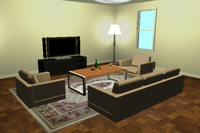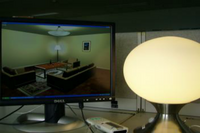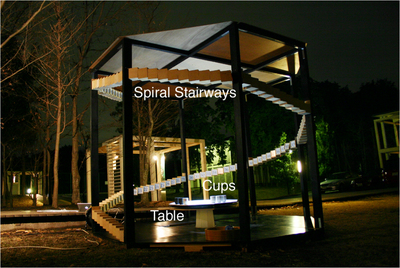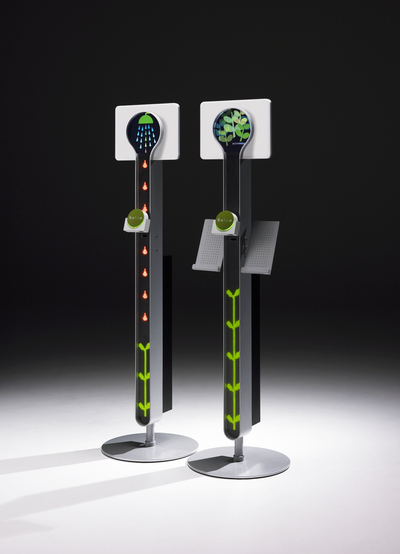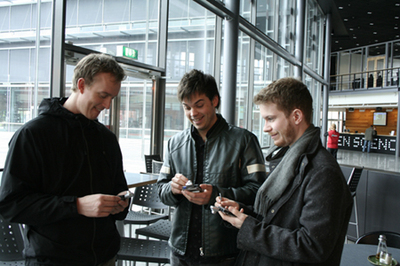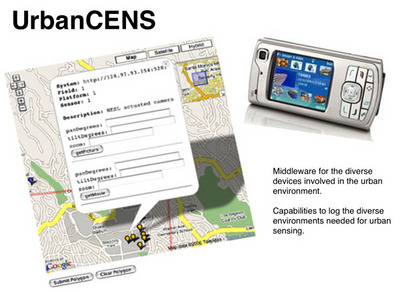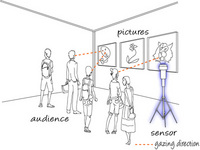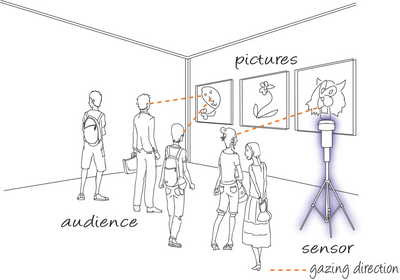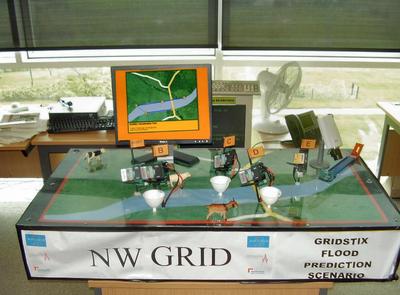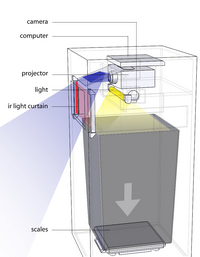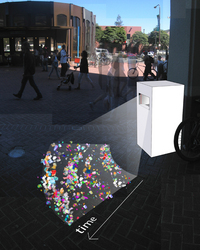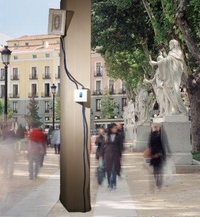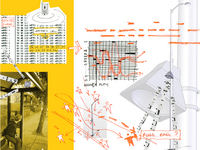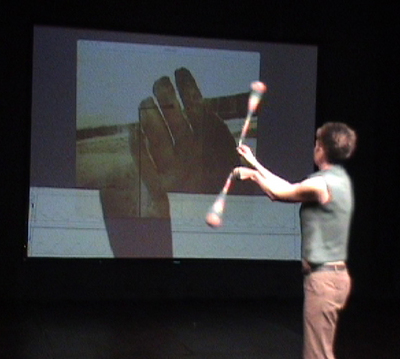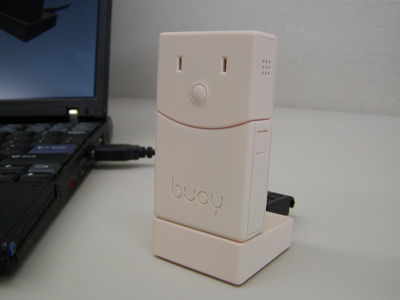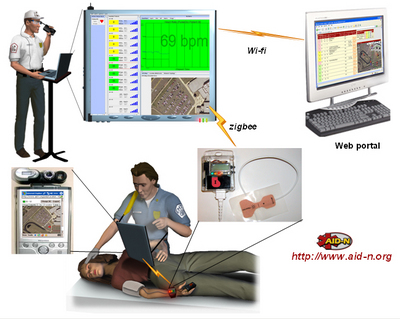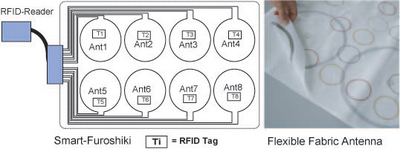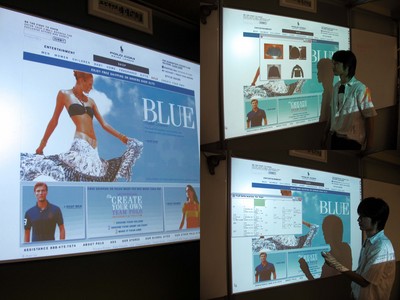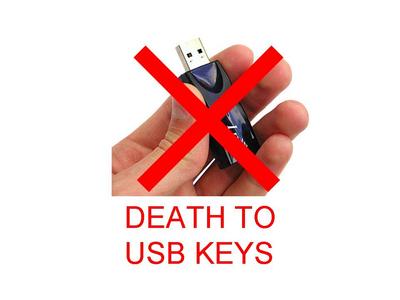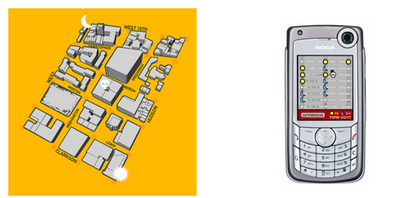Tuesday, 11:00am: Homes of the Past, Present, and Future
A Quantitative Method for Revealing and Comparing Places in the Home
Ryan Aipperspach (University of California, Berkeley, US); Tye Rattenbury (University of California, Berkeley, US); Allison Woodruff (Intel Research Berkeley, US); John Canny (University of California, Berkeley, US)
Principles of Smart Home Control
Scott Davidoff (Carnegie Mellon University, US); Min Kyung Lee (Carnegie Mellon University, US); Charles Yiu (ZS Associates, US); John Zimmerman (Carnegie Mellon University, US); Anind Dey (Carnegie Mellon University, US)
Historical Analysis: Using the Past to Design the Future
Susan Wyche (Georgia Institute of Technology, US); Phoebe Sengers (Cornell University, US); Rebecca E. Grinter (Georgia Institute of Technology, US)
Tuesday, 11:00am: Authoring and Interacting
Extending Authoring Tools for Location-Aware Applications with an Infrastructure Visualization Layer
Leif Oppermann (University of Nottingham, UK); Gregor Broll (Embedded Interaction Research Group, Media Informatics Group, University of Munich, DE); Mauricio Capra (University of Nottingham, UK); Steve Benford (University of Nottingham, UK)
Automated Generation of Basic Custom Sensor-Based Embedded Computing Systems Guided by End-User Optimization Criteria
Susan Lysecky (University of California, Riverside, US); Frank Vahid (University of California, Riverside, US)
An Experimental Comparison of Physical Mobile Interaction Techniques: Touching, Pointing and Scanning
Enrico Rukzio (University of Munich, DE); Karin Leichtenstern (University of Augsburg, DE); Vic Callaghan (University of Essex, UK); Paul Holleis (University of Munich, DE); Albrecht Schmidt (University of Munich, DE); Jeannette Chin (University of Essex, UK)
Tuesday, 2:00pm: Understanding Use
An Exploratory Study of How Older Women Use Mobile Phones
Sri Hastuti Kurniawan (University of Manchester, UK)
Farther Than You May Think: An Empirical Investigation of the Proximity of Users to their Mobile Phones
Shwetak Patel (Georgia Institute of Technology, US); Julie Kientz (Georgia Institute of Technology, US); Gillian Hayes (Georgia Institute of Technology, US); Sooraj Bhat (Georgia Institute of Technology, US); Gregory Abowd (Georgia Institute of Technology, US)
No more SMS from Jesus? Ubicomp, religion and techno-spiritual practices
Genevieve Bell (Intel Corporation, US)
Tuesday, 2:00pm: Capture and Privacy
Scribe4Me: Evaluating a Mobile Sound Transcription Tool for the Deaf
Tara Matthews (University of California, Berkeley, US); Scott Carter (University of California, Berkeley, US); Carol Pai (Carnegie Mellon University, US); Janette Fong (Carnegie Mellon University, US); Jennifer Mankoff (Human Computer Interaction Institute, Carnegie Mellon University, US)
SenseCam: a Retrospective Memory Aid
Steve Hodges (Microsoft Research, UK); Lyndsay Williams (Microsoft Research, UK); Emma Berry (Microsoft Research, UK); Shahram Izadi (Microsoft Research, UK); James Srinivasan (Microsoft Research, UK); Alex Butler (Microsoft Research, UK); Gavin Smyth (Microsoft Research, UK), Narinder Kapur (Addenbrookes Hospital, UK); Ken Wood (Microsoft Research, UK)
Development of a A Privacy Addendum for Open Source Licenses: Value Sensitive Design in Industry
Batya Friedman (University of Washington, US); Ian Smith (Intel Research Seattle, US); Peter Kahn, Jr. (University of Washington, US); Sunny Consolvo (Intel Research Seattle, US); Jaina Selawski (Intel Corp, US)
Wednesday, 9:00am: Where Are We Going?
Mobility Detection Using Everyday GSM Traces
Timothy Sohn (University of California, San Diego, US); Alex Varshavsky (University of Toronto, CA); Anthony LaMarca (Intel Research Seattle, US); Mike Chen (Intel Research Seattle, US); Tanzeem Choudhury (Intel Research Seattle, US); Ian Smith (Intel Research Seattle, US); Sunny Consolvo (Intel Research Seattle, US); Jeffrey Hightower (Intel Research Seattle, US); William Griswold (UC San Diego, US); Eyal de Lara (University of Toronto, CA)
Practical Metropolitan-scale Positioning for GSM Phones
Mike Chen (Intel Research Seattle, US); Timothy Sohn (University of California, San Diego, US); Dmitri Chmelev (University of Washington, US); Dirk Haehnel (Intel Research Seattle, US); Jeffrey Hightower (Intel Research Seattle, US); Jeff Hughes (University of Washington, US); Anthony LaMarca (Intel Research Seattle, US); Fred Potter (University of Washington, US); Ian Smith (Intel Research Seattle, US); Alex Varshavsky (University of Toronto, CA)
Predestination: Inferring Destinations from Partial Trajectories
John Krumm (Microsoft Research, US); Eric Horvitz (Microsoft Research, US)
Wednesday, 9:00am: Games as Platforms
Fish'n'Steps: Encouraging Physical Activity with an Interactive Computer Game
James Lin (Siemens Corporate Research, US); Lena Mamykina (Siemens Corporate Research, Inc., US); Silvia Lindtner (Siemens Corporate Research, US); Gregory Delajoux (Siemens Corporate Research, US); Hank Strub (Siemens Corporate Research, US)
Hitchers: Designing for Cellular Positioning
Adam Drozd (University of Nottingham, UK); Steve Benford (University of Nottingham, UK); Nick Tandavanitj (Blast Theory, UK); Michael Wright (University of Nottingham, UK); Alan Chamberlain (University of Nottingham, UK)
Embedding Behavior Modification Strategies into Consumer Electronic Devices: A Case Study
Jason Nawyn (Massachusetts Institute of Technology, US); Stephen Intille (Massachusetts Institute of Technology, US); Kent Larson (MIT, US)
Wednesday, 2:00pm: Life in the City
Instrumenting the city: developing methods for observing and understanding the digital cityscape
Eamonn O'Neill (University of Bath, UK); Vassilis Kostakos (University of Bath, UK); Tim Kindberg (Hewlett-Packard Laboratories, UK); Ava Fatah gen. Schieck (University College London, UK); Alan Penn (University College London, UK); Danae Stanton Fraser (University of Bath, UK); Tim Jones (University of Bath, UK)
Voting With Your Feet: An Investigative Study of the Relationship Between Place Visit Behavior and Preference
Jon Froehlich (University of Washington, US); Mike Chen (Intel Research Seattle, US); Ian Smith (Intel Research Seattle, US); Fred Potter (University of Washington, US)
Lo-Fi Matchmaking: A Study of Social Pairing for Backpackers
Jeff Axup (University of Queensland, AU); Stephen Viller (University of Queensland, AU); Ian MacColl (University of Queensland, AU); Roslyn Cooper (University of Queensland, AU)
Wednesday, 2:00pm: Using Ubicomp For Real
Experiences from Real-world Deployment of Context-Aware Technologies in a Hospital Environment
Jakob Bardram (University of Aarhus, DK); Thomas Riisgaard Hansen (University of Aarhus, DK); Martin Mogensen (University of Aarhus, DK); Mads Soegaard (University of Aarhus, DK)
Doing Community: Co-construction of Meaning and Use with Interactive Information Kiosks
Tom Hope (National Institute of Advanced Industrial Science and Technology, JP); Masahiro Hamasaki (National Institute of Advanced Industrial Science and Technology, JP); Yutaka Matsuo (National Institute of Advanced Industrial Science and Technology, JP); Yoshiyuki Nakamura (National Institute o Advanced Industrial Science and Technology, JP); Noriyuki Fujimura (AIST, JP); Takuichi Nishimura (Cyber Assist Research Center, AIST, JP)
Moving on From Weiser's Vision of Calm Computing: Engaging UbiComp Experiences
Yvonne Rogers (Indiana University, US)
Thursday, 9:00am: Sensing Spaces
Ferret: RFID Localization for Pervasive Multimedia
Xiaotao Liu (University of Massachusetts, Amherst, US); Mark Corner (University of Massachusetts, US); Prashant Shenoy (University of Massachusetts at Amherst, US)
PowerLine Positioning: A Practical Sub-Room-Level Indoor Location System for Domestic Use
Shwetak Patel (Georgia Institute of Technology, US); Khai Truong (University of Toronto, CA); Gregory Abowd (Georgia Institute of Technology, US)
UbiREAL: Realistic Smartspace Simulator for Systematic Testing
Hiroshi Nishikawa (Nara Institute of Science and Technology, JP); Shinya Yamamoto (NARA INSTITUTE of SCIENCE and TECHNOLOGY, JP); Morihiko Tamai (Nara Institute of Science and Technology, JP); Koji Nishigaki (Nara Institute of Science and Technology, JP); Tomoya Kitani (Nara Institute of Science and Technology, JP); Naoki Shibata (Shiga University, JP); Keiichi Yasumoto (Nara Institute of Science and Technology, JP); Minoru Ito (Nara Institute of Science and Technology, JP)
Thursday, 9:00am: Putting Things Together
Instant Matchmaking: Simple, Secure Virtual Extensions to Ubiquitous Computing Environments
Diana Smetters (PARC, US); Dirk Balfanz (PARC, US); Glenn Durfee (PARC, US); Trevor Smith (PARC, US); KyungHee Lee (Samsung, SK)
A wirelessly-powered platform for sensing and computation
Joshua Smith (Intel Research Seattle, US); Alanson Sample (University of Washington, US); Pauline Powledge (Intel Research Seattle, US); Sumit Roy (University of Washington, US); Alexander Mamishev (University of Washington, US)
Automated Application-Specific Tuning of Parameterized Sensor-Based Embedded System Building Blocks
Susan Lysecky (University of California, Riverside, US); Frank Vahid (University of California, Riverside, US)














